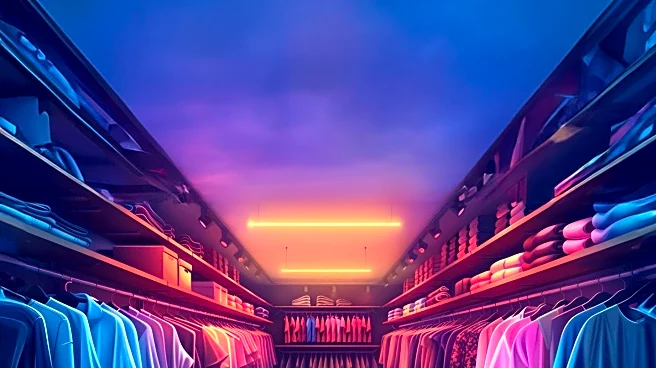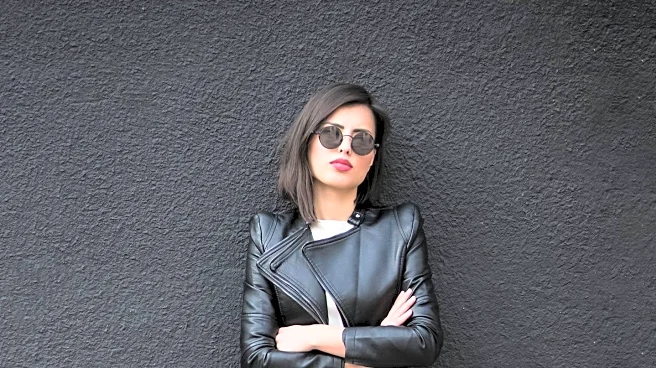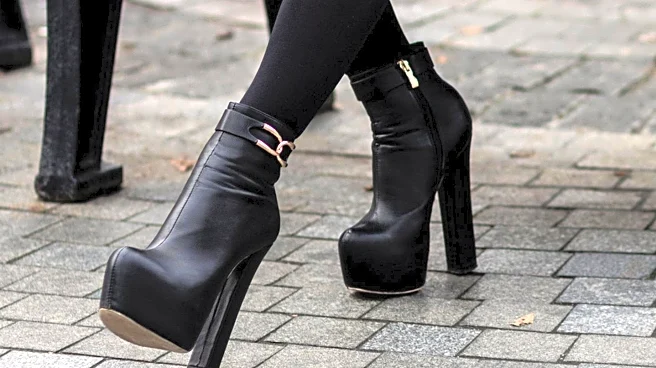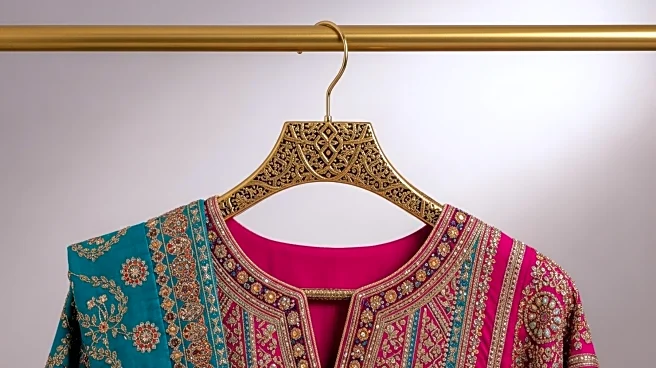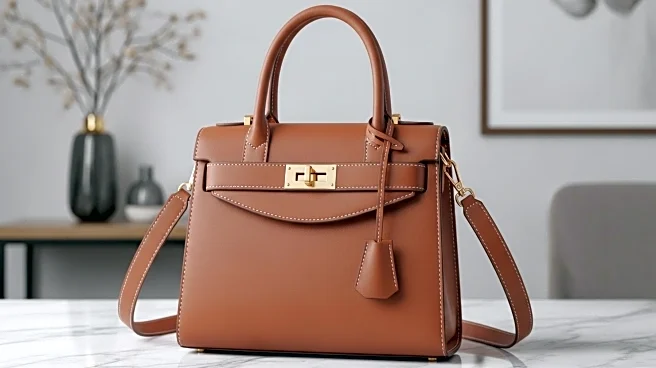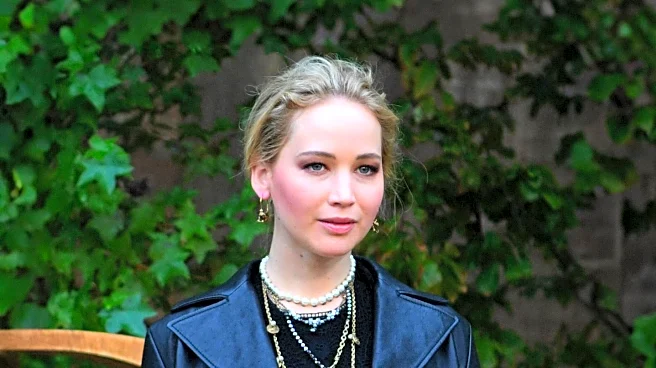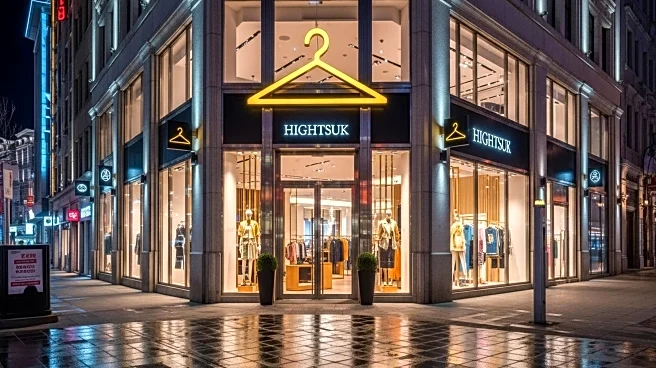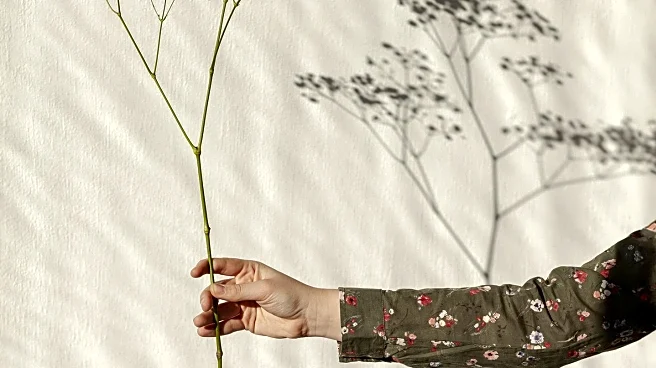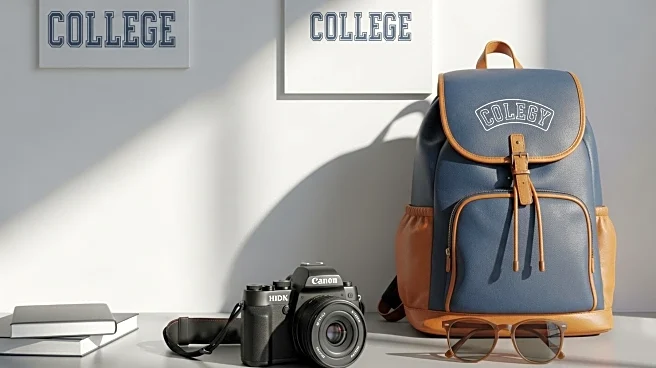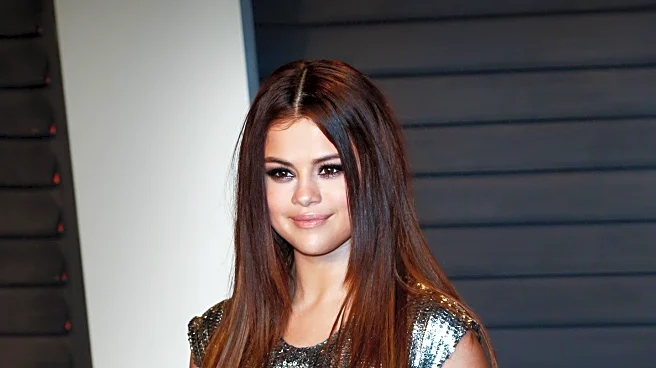What is the story about?
What's Happening?
A recent report from Research and Markets highlights a significant growth in thrift store revenue, which is expected to have increased at a compound annual growth rate (CAGR) of 4.5 percent, reaching $14.2 billion over the past five years. This growth includes a 1.4 percent increase in 2023 alone. The surge in thrift shopping and secondhand fashion is attributed to the appeal of finding high-quality, designer items at affordable prices. A Canadian YouTuber, known for thrifting and reselling, showcased a pink Coach bag purchased for $17.29 at a Value Village store, emphasizing its pristine condition and estimated retail value between $150 and $200. The luxury handbag market remains robust, with the global industry projected to grow from $56.48 billion to $81.79 billion by 2030, driven by fashion awareness and rising disposable income.
Why It's Important?
The growth in thrift store revenue reflects a broader trend towards sustainable and affordable fashion, impacting the U.S. retail and fashion industries. As consumers increasingly seek premium, branded products at lower prices, traditional retail models may face challenges in maintaining market share. The rise in disposable income allows for more frequent purchases and experimentation with fashion, fostering market expansion. This trend also supports the circular economy, reducing waste and promoting environmental sustainability. The U.S. handbag market, holding the largest share in North America, stands to benefit from this shift, potentially influencing fashion industry strategies and consumer behavior.
What's Next?
The continued interest in thrift shopping and secondhand fashion is likely to drive further growth in the industry. Retailers may need to adapt by incorporating more sustainable practices and offering competitive pricing to attract consumers. The luxury handbag market could see increased demand for high-quality, affordable products, prompting brands to explore new marketing strategies and product lines. As disposable income rises, consumers may continue to invest in diverse fashion styles, influencing future trends and market dynamics. Stakeholders in the fashion industry, including designers and retailers, may need to innovate to meet evolving consumer preferences.
Beyond the Headlines
The thrifting trend highlights ethical and cultural dimensions, as consumers become more conscious of sustainability and the environmental impact of fast fashion. This shift may encourage brands to adopt more responsible production methods and promote inclusivity in fashion. The growing popularity of secondhand shopping also reflects changing cultural attitudes towards consumption, valuing uniqueness and personal expression over mass-produced items. Long-term, this trend could redefine mainstream fashion, integrating diverse styles and promoting a more inclusive industry.
AI Generated Content
Do you find this article useful?
